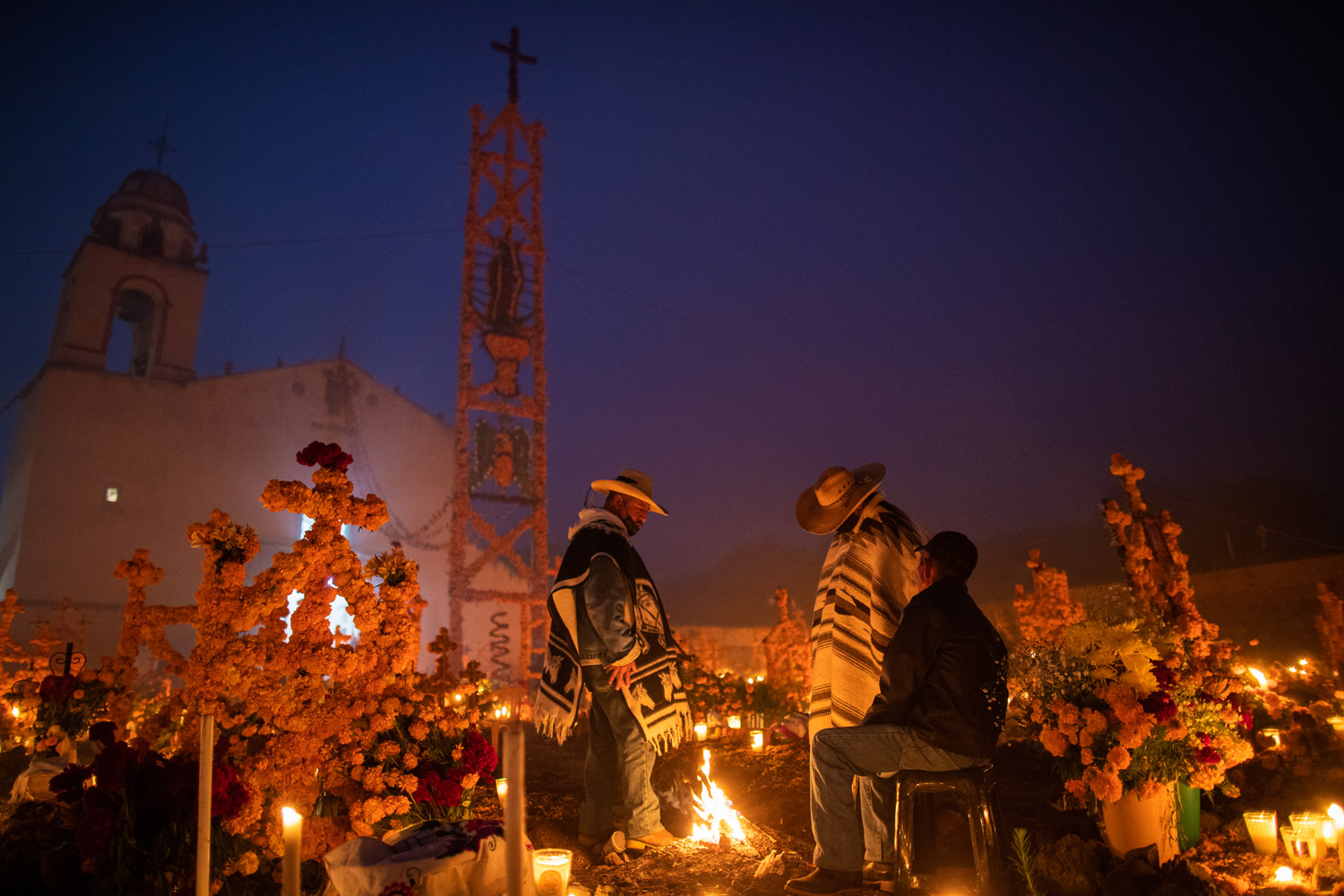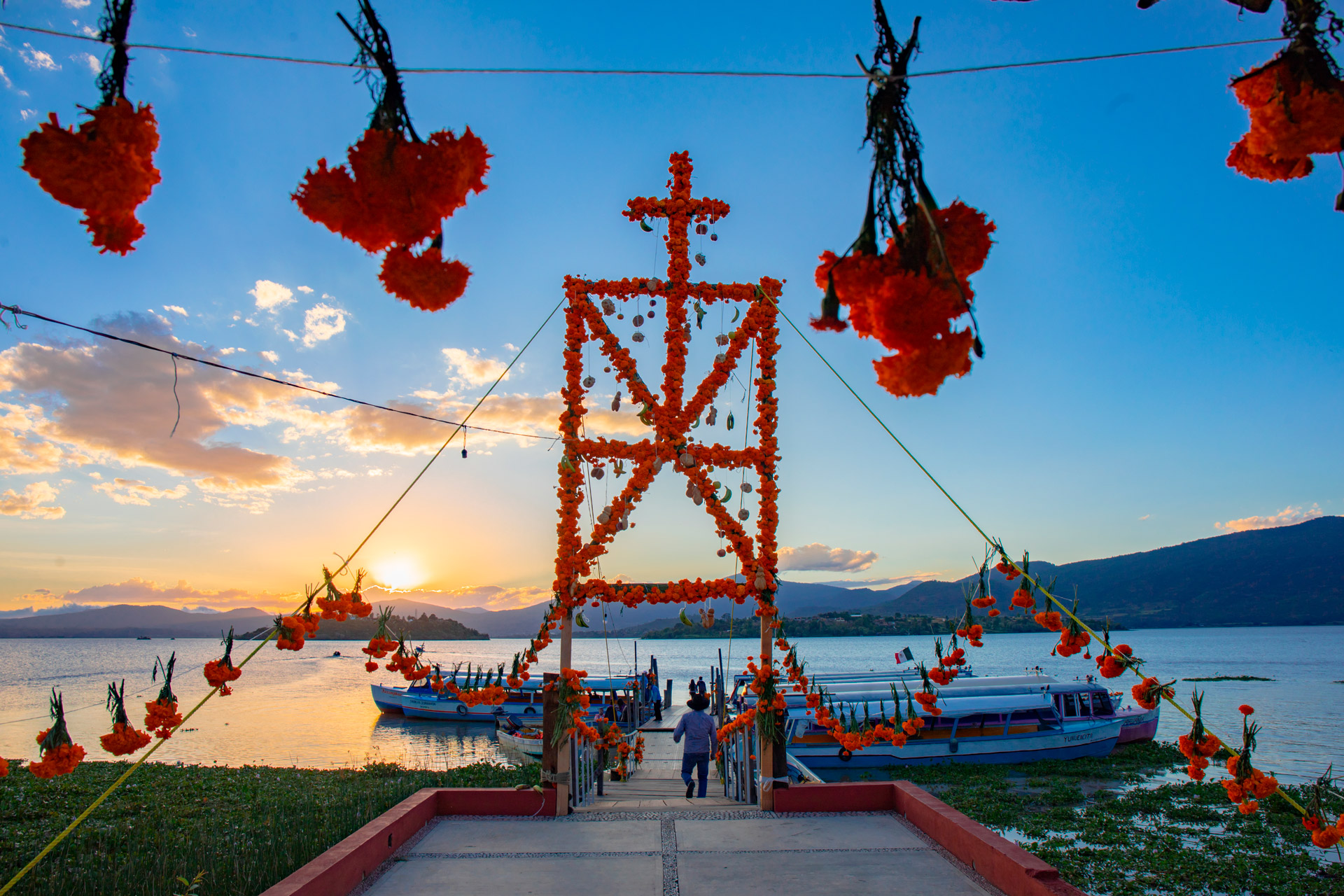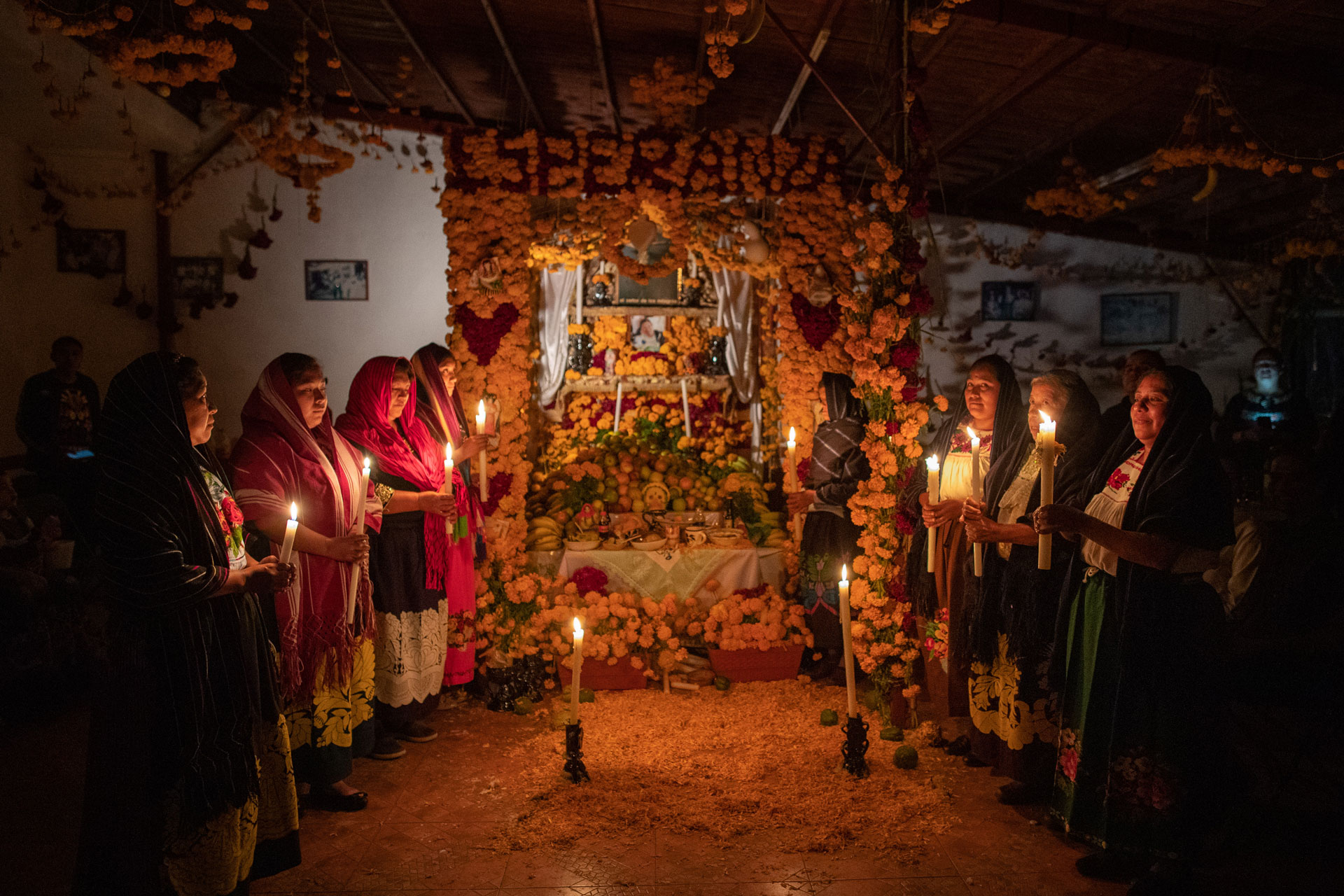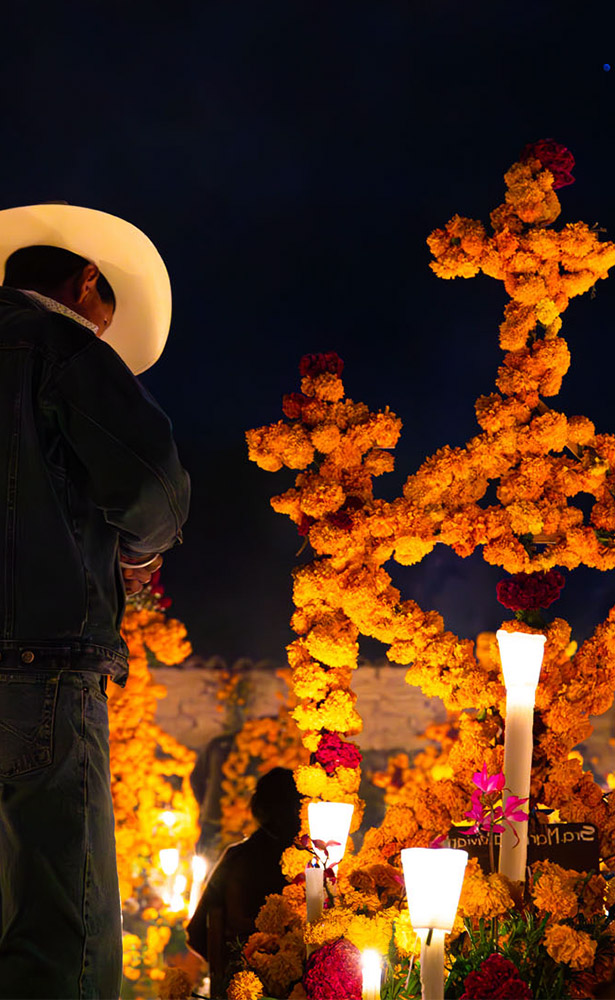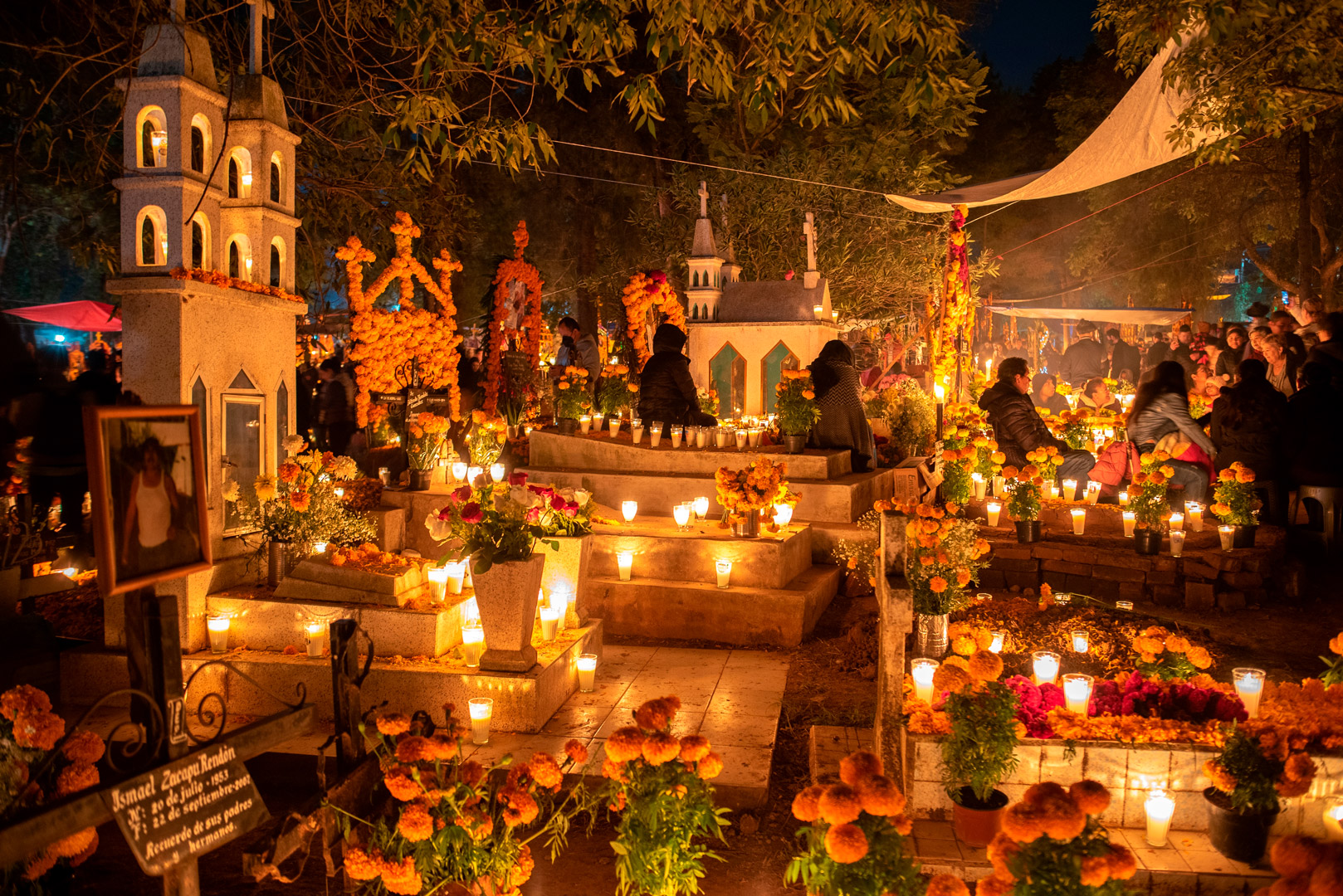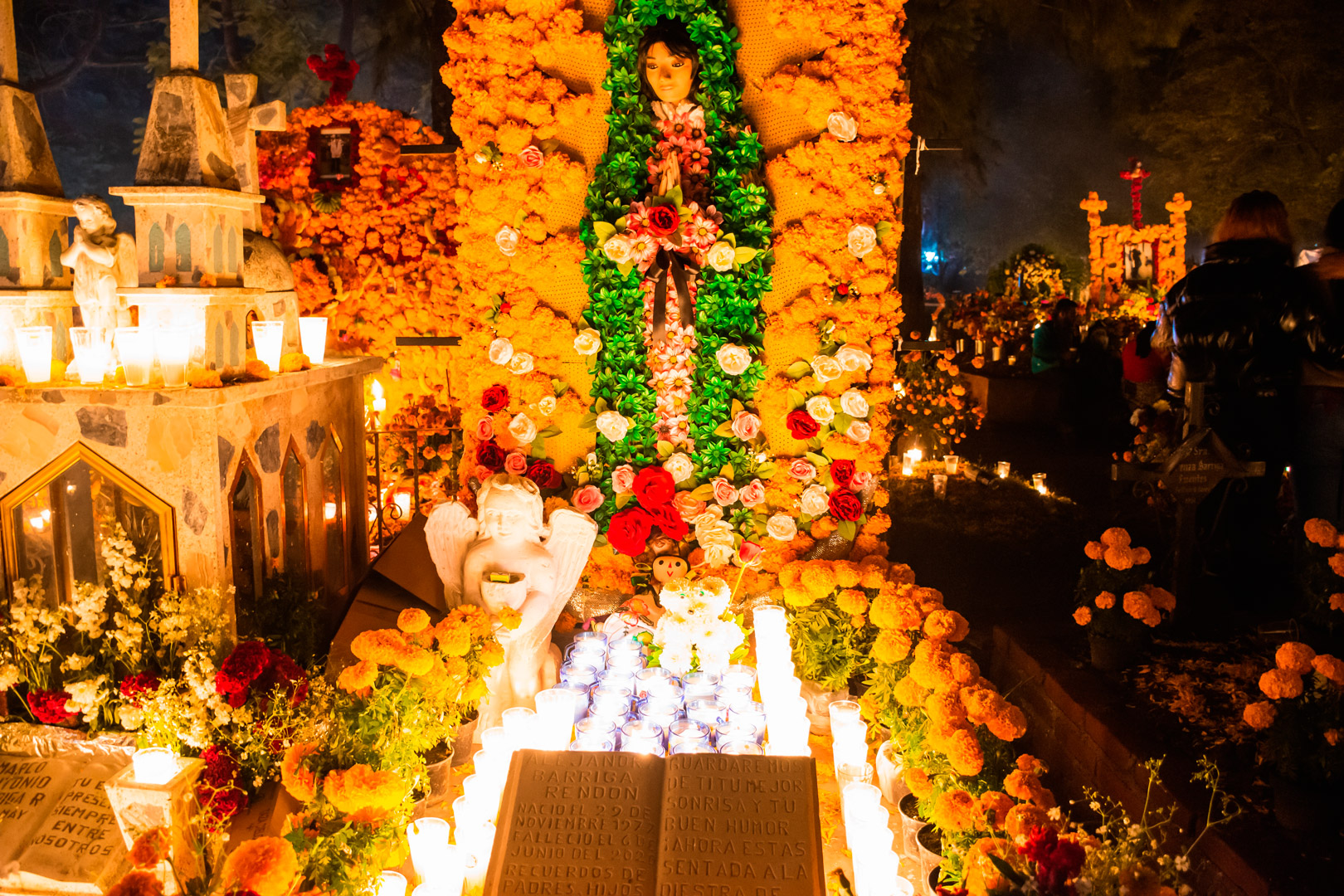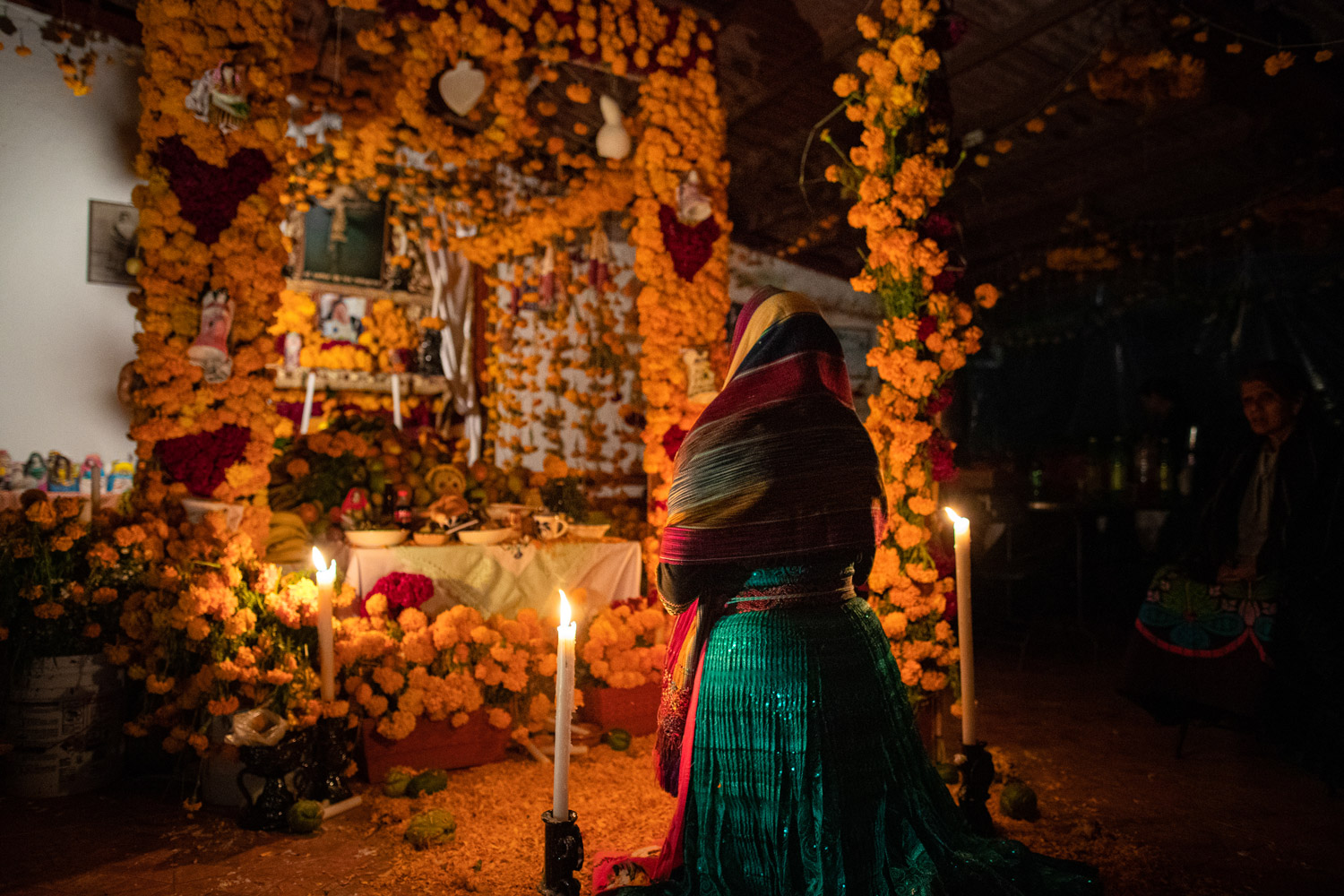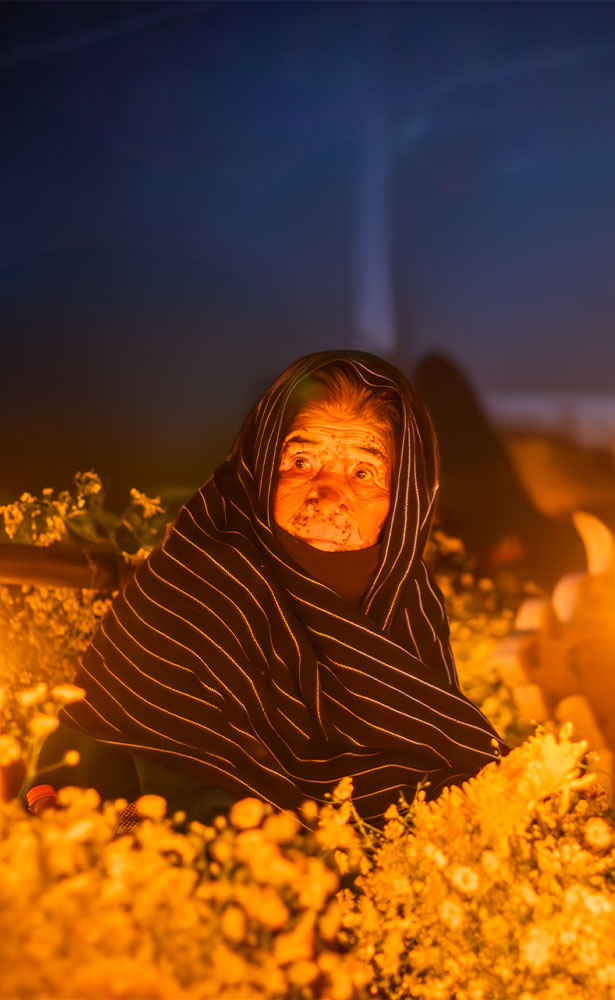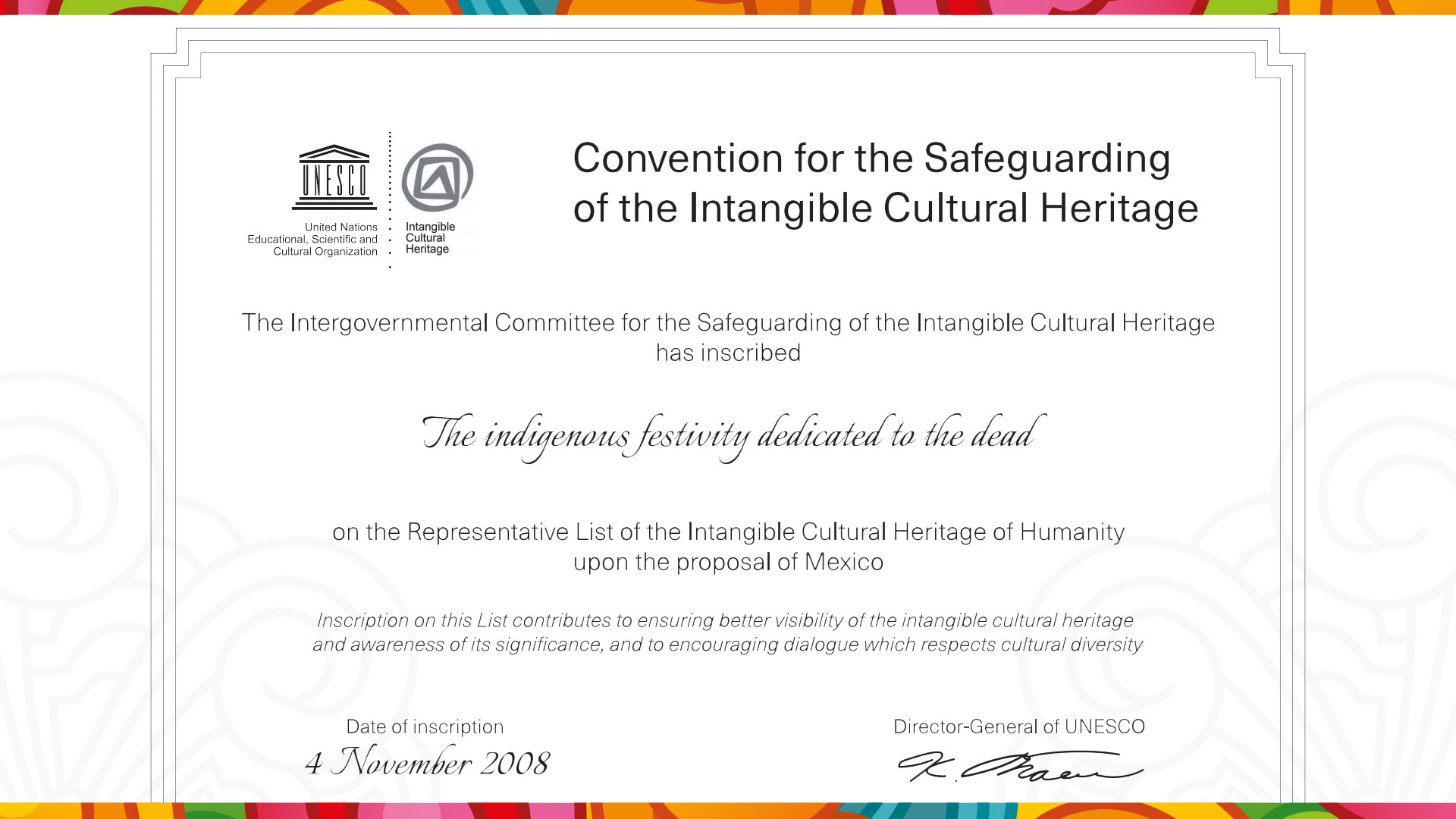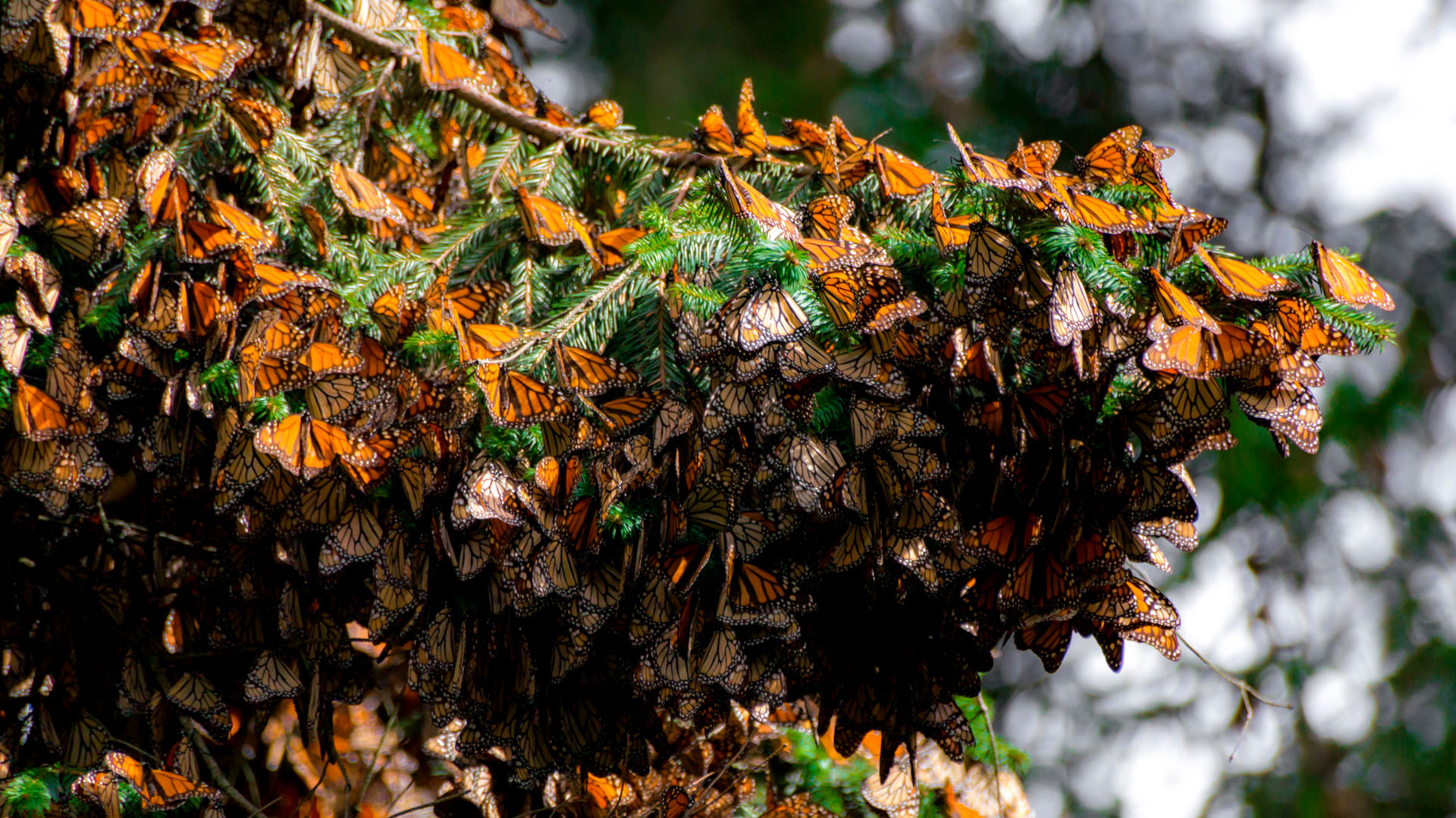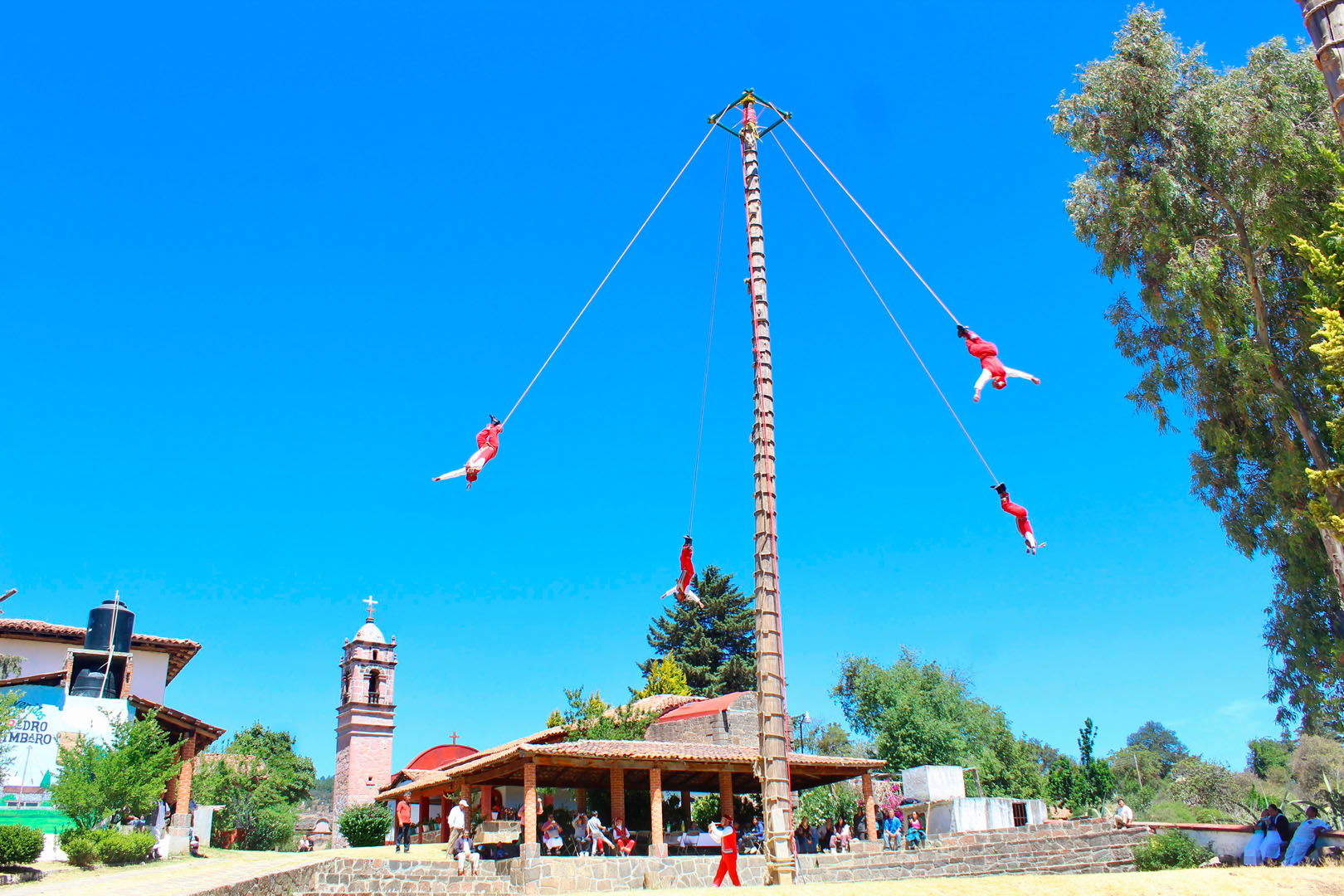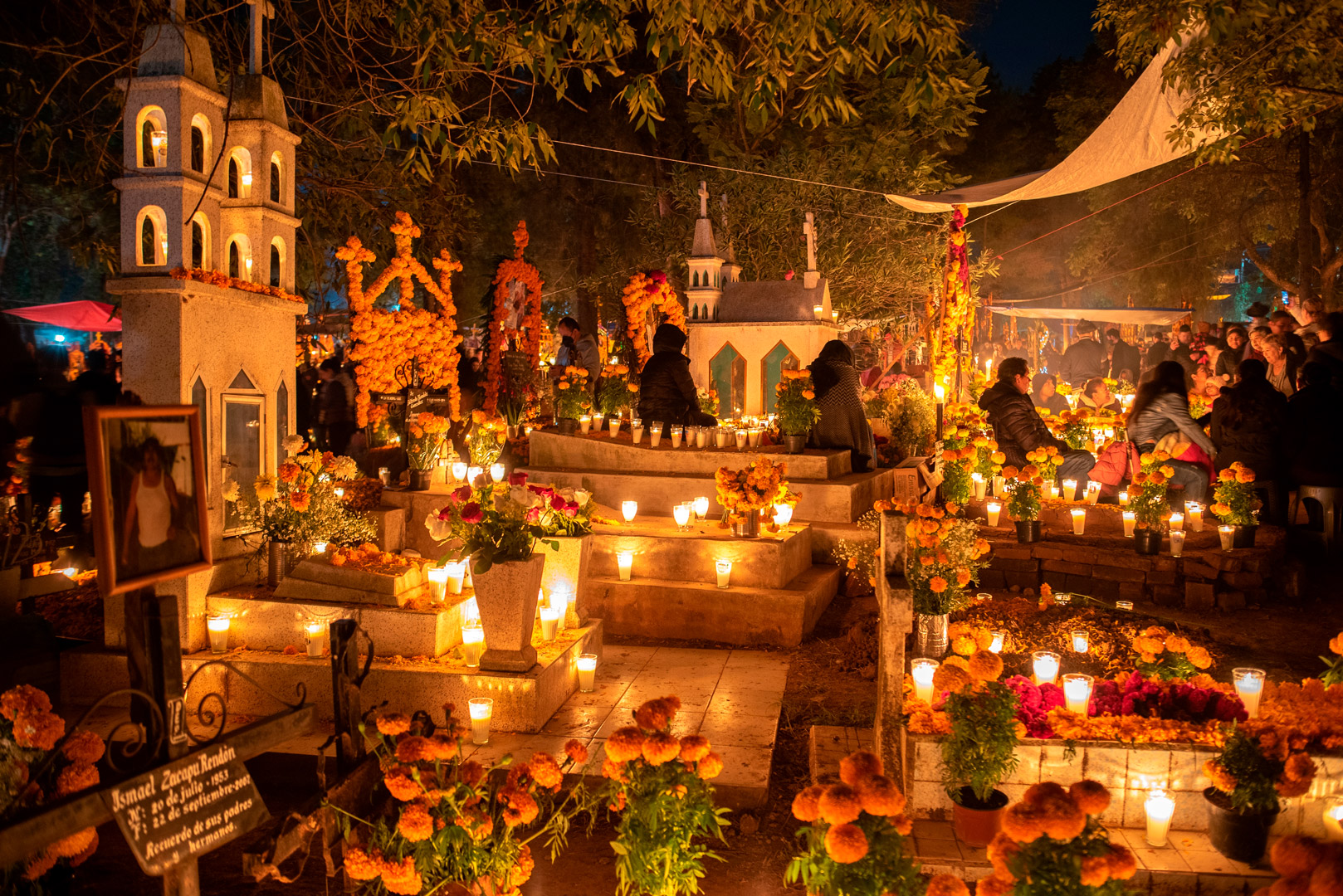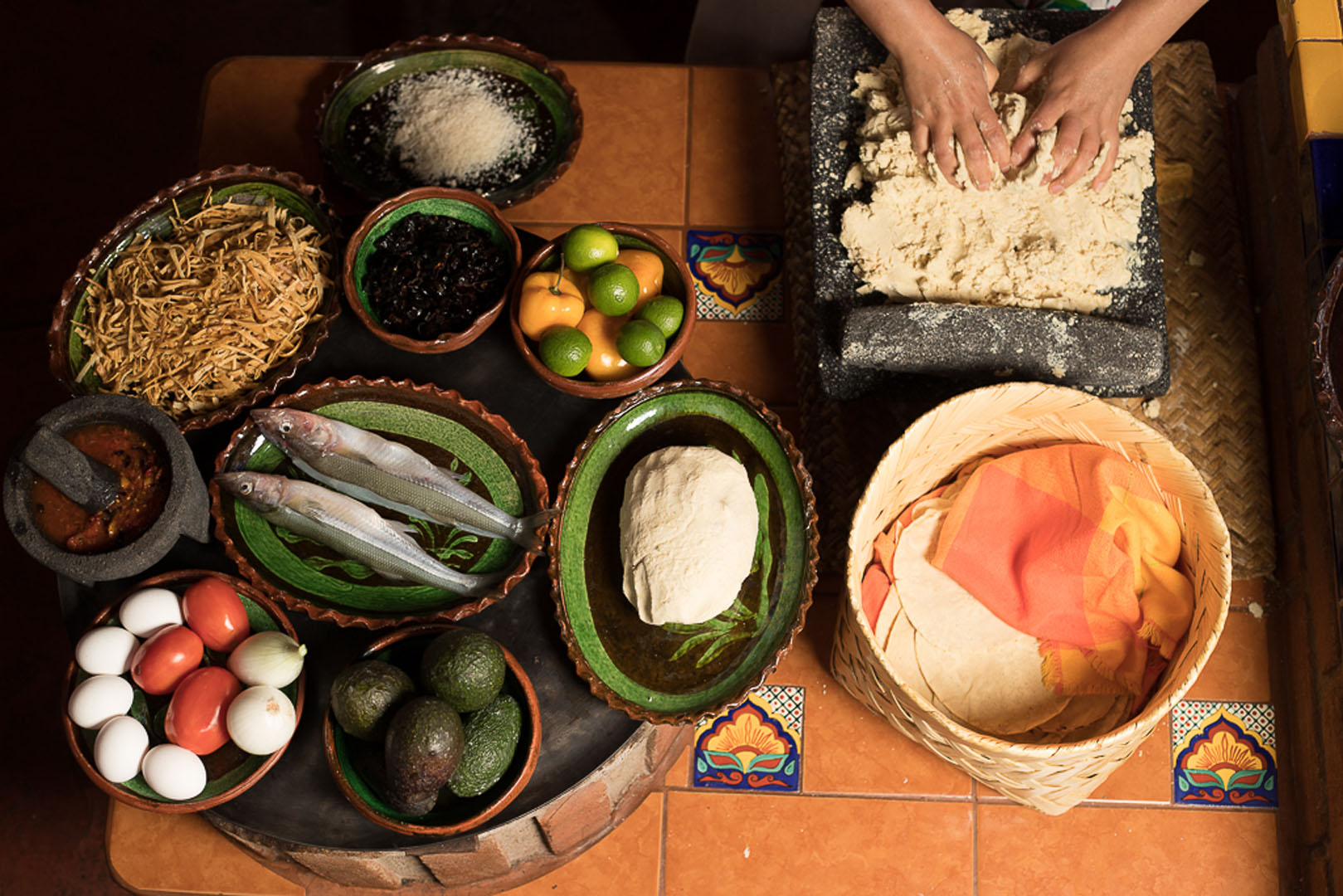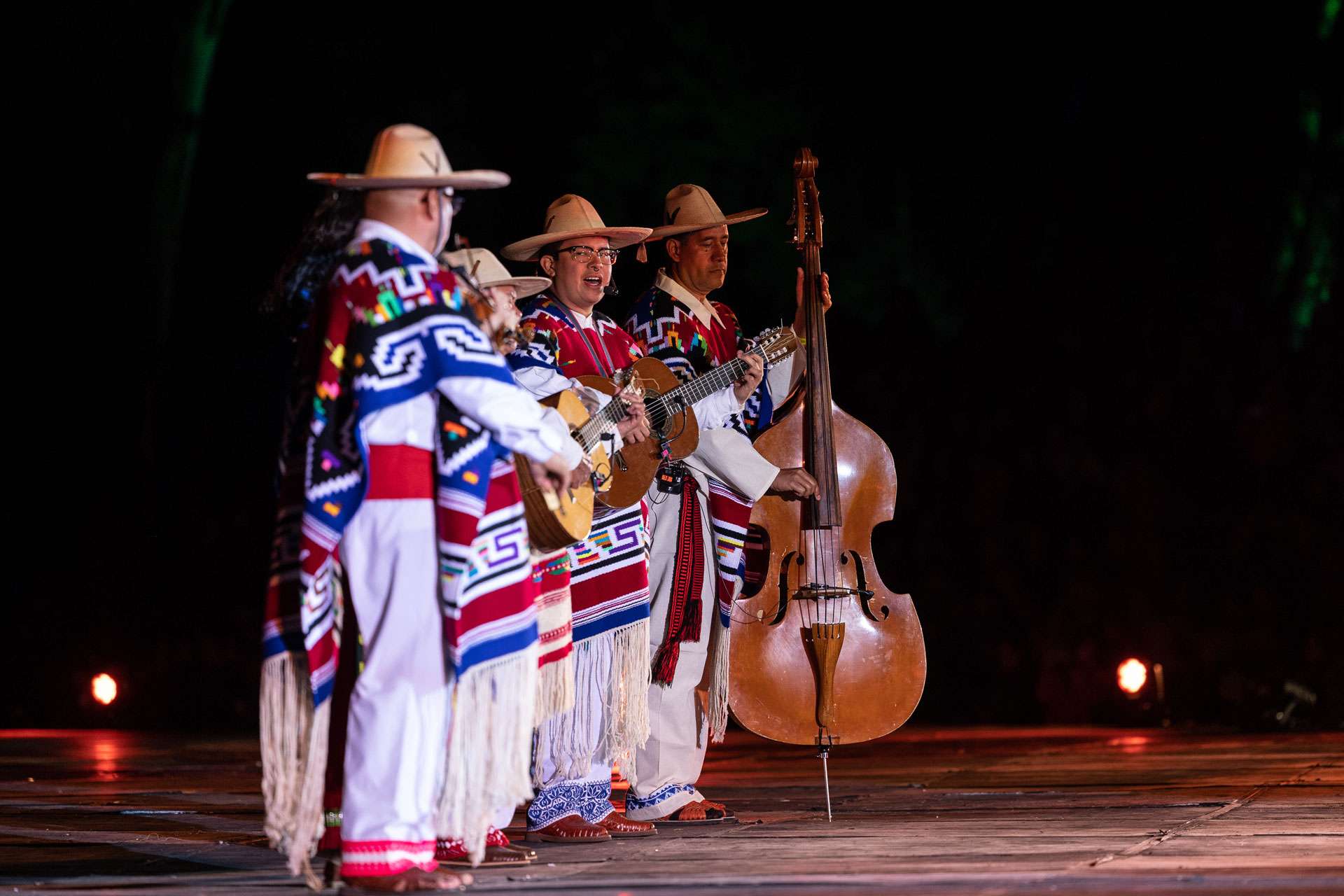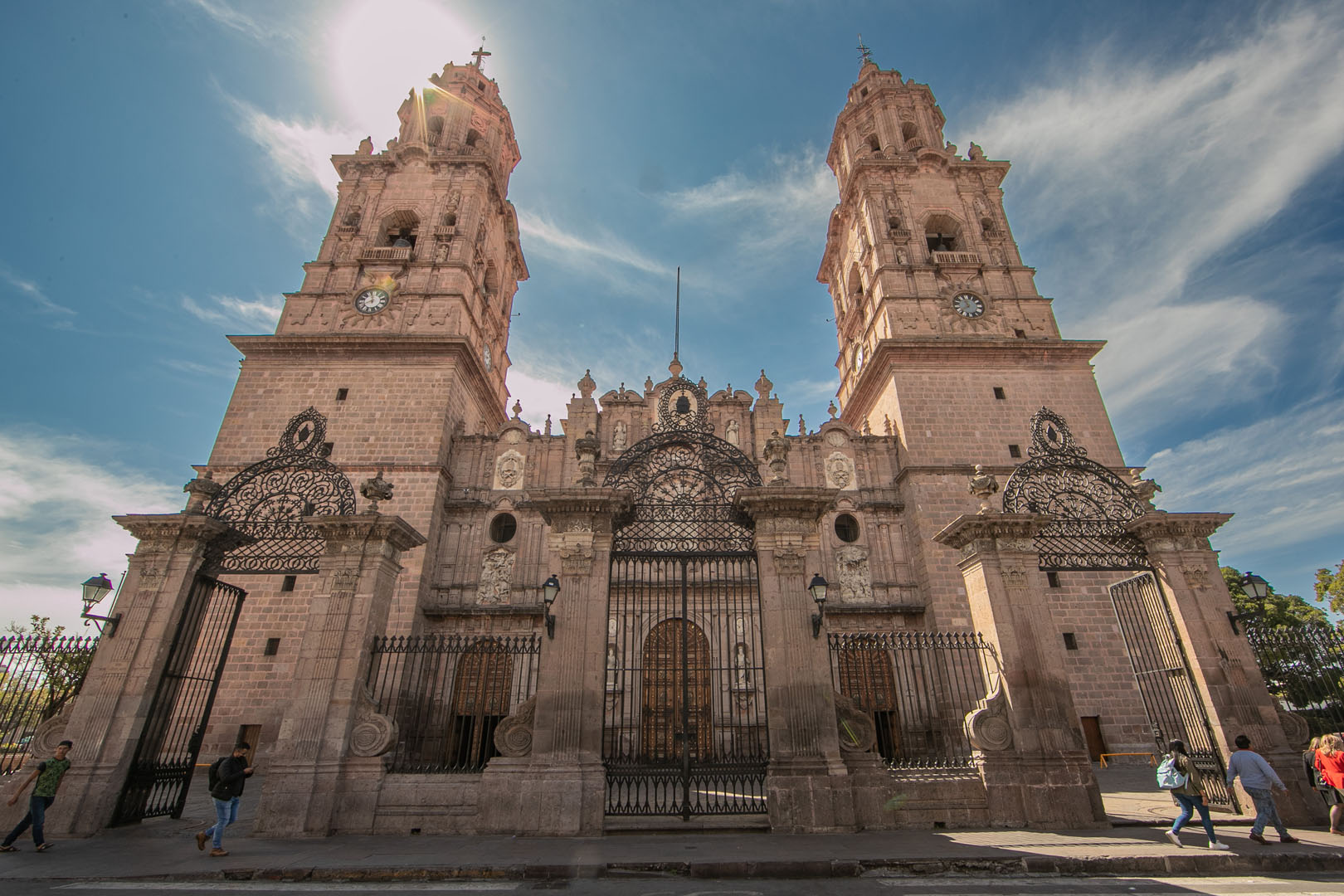
Night of the Dead
Named a UNESCO World Heritage Site on November 4, 2008.
Discover
Welcome to the magical celebration of the Night of the Dead in Michoacán!
A fascinating journey through one of Mexico’s most emblematic festivities.
In this land where ancestral traditions come to life, the streets are filled with light thanks to the soft glow of candles and the air is impregnated with the scent of cempasúchil flowers and offerings.
In Michoacán, death becomes a vibrant and colorful celebration, where homes, cemeteries and roads are transformed into living spaces, overflowing with altars, flowers, food and candles.
On the night of November 1, the graves of those who are physically gone are adorned with offerings to honor their lives and remember what they meant to those who loved them.
The Night of the Dead rituals are performed according to the customs of each region, and although there are variations, the essential purpose remains the same: to celebrate the dead, remember them and live with them. On Janitzio Island, the inhabitants participate in a traditional rite that is considered a sacred duty, honoring both the living and the dead. Women and children walk in procession to the cemetery, where, in the midst of silence and under the flickering light of candles, they place their loved ones’ favorite dishes next to their graves.
In Tzintzuntzan, tradition is expressed through the elaboration of fine handicrafts.
The inhabitants take great care in creating products such as black earthenware, white earthenware, straw angels and wood carvings to be placed in the offerings, thus showing the art and devotion that characterize this community.
On the other hand, in Jarácuaro, traditions maintain their purity, with flower arches that adorn each neighborhood and the main square, where the dance becomes the light that guides the souls.
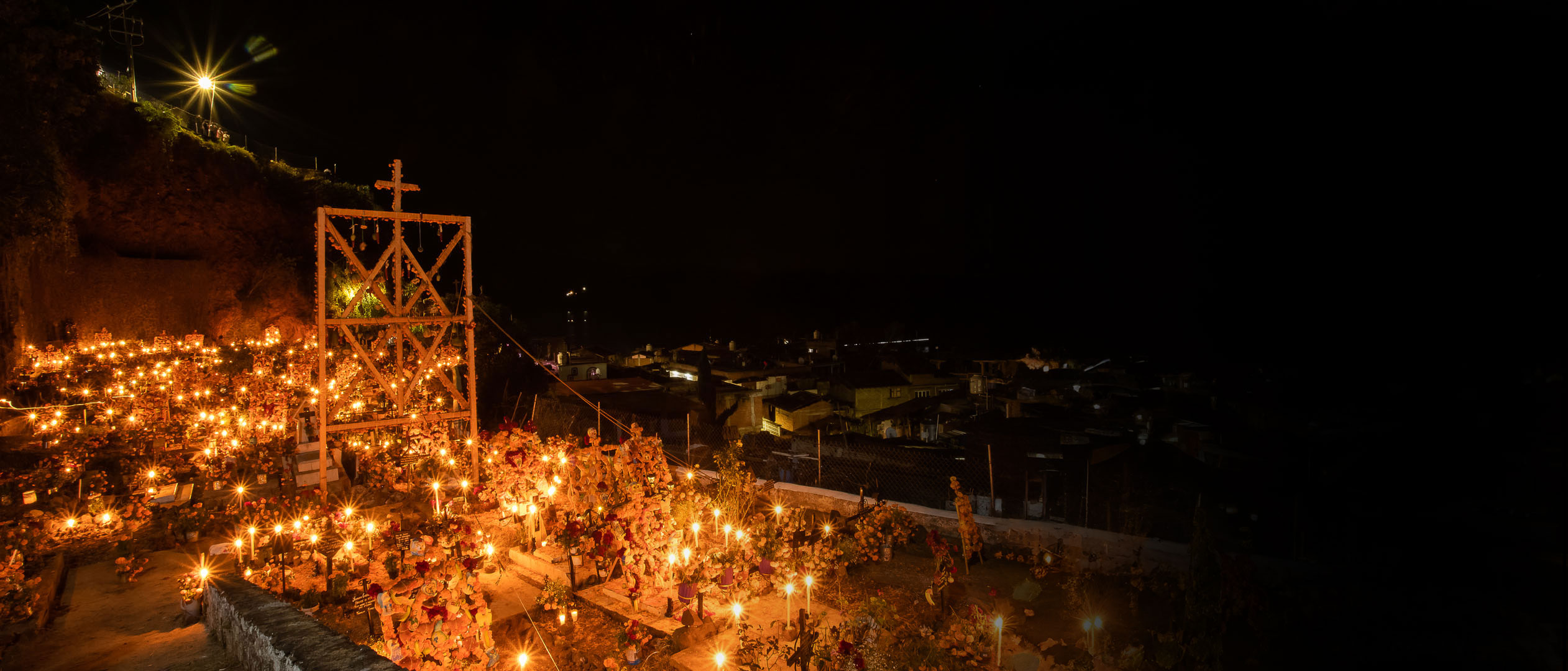
The Floral Arch as a Symbol of Welcome
In several P’urhépecha communities, such as Tzintzuntzan and Jarácuaro, it is tradition to place an arch of flowers on each altar of the dead. This arch, made with cempasúchil and other flowers, symbolizes the door that allows the souls of the deceased to cross over to the world of the living and join the celebration with their loved ones.
Day of the Dead offerings are altars with pre-Hispanic roots.
In ancient times, they were dedicated to different deities on different dates, but the one dedicated to Mictlantecuhtli, lord of the dead, coincided with what we know today as November.
During the Colony, the evangelists took advantage of this coincidence to merge the native beliefs with the Christian celebration, creating a syncretism that has lasted until today.
Traditionally, the altars were placed a few days before November 1 and 2, specifically on October 30 or 31, and remained until November 3.
Currently, due to the care and creativity involved in their assembly, many families begin to place them earlier and remove them later, although the main days are still November 1 and 2, when, according to popular belief, all the souls of our deceased return to live with us.
Explore other experiences of
